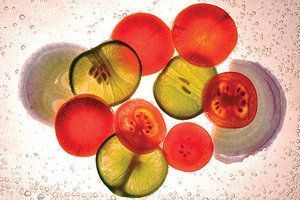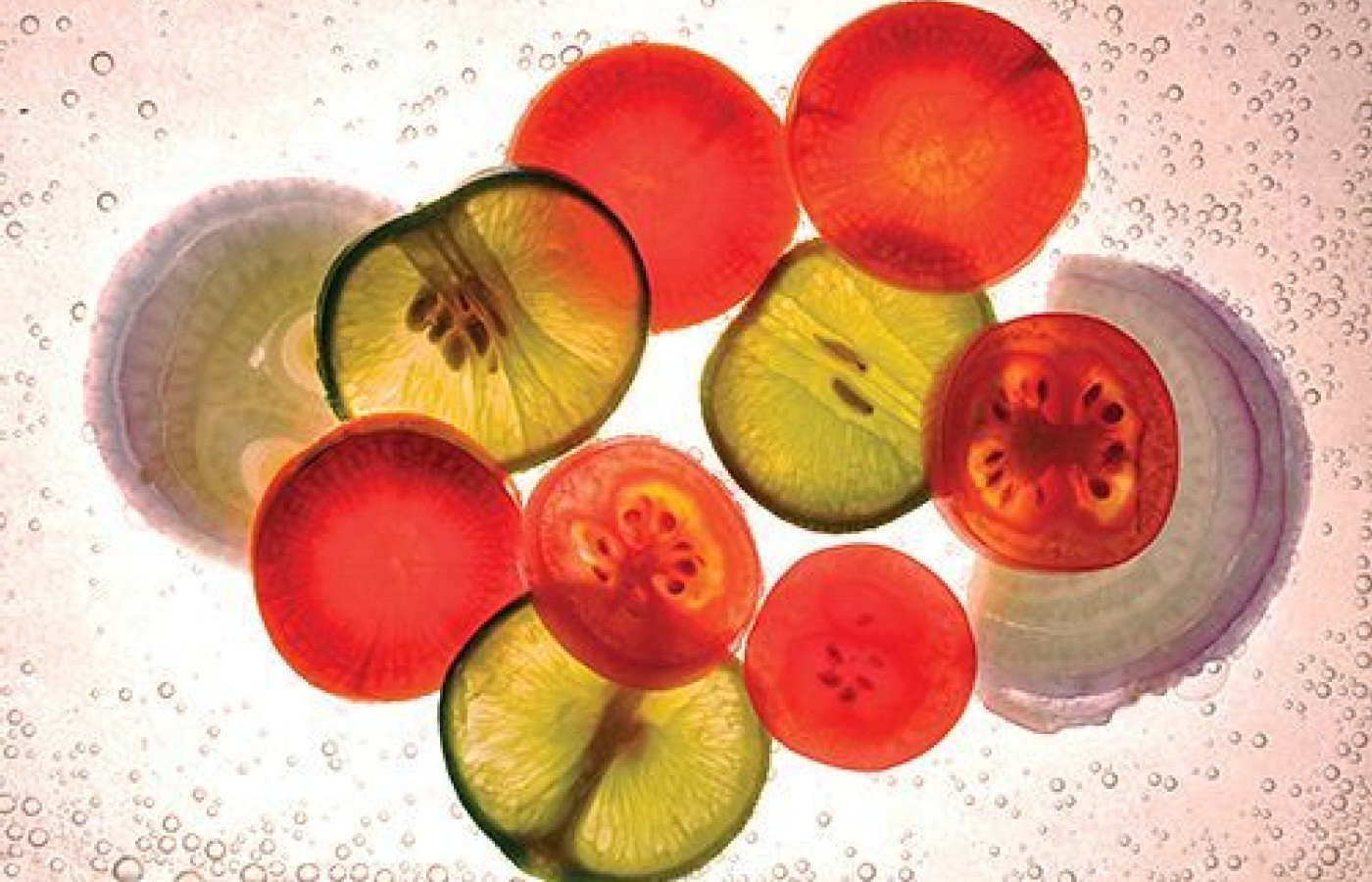New York's highest court of appeals has held that no-fault insurers cannot deny no-fault benefits where they unilaterally determine that a provider has committed misconduct based upon alleged fraudulent conduct. The Court held that this authority belongs solely to state regulators, specifically New York's Board of Regents, which oversees professional licensing and discipline. This follows a similar recent ruling in Florida reported in this publication.
Cell Health (Part 2)
Editor's note: Part 1 of this article appeared in the Jan. 1 issue.
Dr. Barsten, your book is about restoring "cell vitality." Can you briefly define the term? Cell vitality is more than the mere absence of symptoms or pathology, but optimum structural, physiological and energetic health. When I refer to optimum cellular "structural" health, I mean the cell membrane. This is important because it's a system that has multiple functions. It determines what gets into and out of the cells. It also sends messages to neighboring cells and tissues to coordinate metabolism, immune functions and detoxification.
Membranes are made of water, protein and fats. We make good membranes by drinking enough water and eating the right type of fats. If we eat bad fats like trans fats, hydrogenated fats and oils, rancid or oxidized oils, or excessively processed polyunsaturated fats, we build stiff or damaged cell membranes that don't work well.
Let me stop you there and ask, how can a person tell if an oil has been oxidized or a polyunsaturated fat has been excessively processed? Unfortunately, our taste and smell are poor indicators of rancidity or oxidation. By the time we notice a bad smell or taste, the fat or oil has gone way bad. So, the average person must rely on laboratory testing data where the homework has been done.
The big destroyers of oil stability are air, light and heat. Typically, rancid fats are measured in terms of lipid peroxides. Various charts and references of oil stability are easily found in biochemistry journals.
Good fats include monounsaturated fats found in nuts, seeds, avocados and olives, along with polyunsaturated omega-3 fats in flax, chia and cold-water fish. The fats we eat are used to make phospholipids, which are a key component in call membranes. There are dietary sources of preformed phospholipids. The richest sources are pasture-raised eggs; they include a phospholipid called lecithin (which is Greek for "egg yolk"). Nuts are another source.

Optimum cell "physiological" health means eating an anti-inflammatory diet. This includes the good fats I mentioned, plus plenty of fresh fruits and veggies, since they are the best sources of antioxidants, minerals, enzymes and fiber; and other beneficial factors such as phytochemicals, which help our cells function more efficiently, leading to improved detoxification, immunity and overall health.
Optimum "energetic" health has a twofold aspect. One is how we feel: Do you have enough energy to get through the day without taking stimulants or sweets? Do you exercise regularly? The other aspect is actual cell energy. Our cells are like a battery. If the power is low, they do not function, repair or defend well – just like a flashlight that needs new batteries.
Are you sick often or constantly have allergies? How fast do you recover from injury, sickness or stressful life situations? People [who eat right] function like your flashlight does when you install new batteries; that is, the light is noticeably brighter.
I like the flashlight example and will use it with my patients. You mentioned pasture-raised eggs. What about commercial eggs? Don't they have lecithin in their yolks and the same amount of protein in their whites? Yes; however, the quality and quantity of some nutrients and antioxidants vary with the quality of the food eaten by the animal. Omega-3 fats are typically higher with pasture-raised chickens. Look for deep yellow-orange color of the yolks. This is a good indicator that the animal received better food and/or was allowed to be active. The darker yolks also indicate greater carotinoid content.
Another indicator of quality is how much harder the shell is. If the shell is weak and yolk looks pale, it's probably a mass-produced egg from a bird fed processed grain in crowded conditions. You will still have ~6 grams protein, but the micronutrient content will be lower and lipid profiles lower in omega-3 fatty acids.
We know that substituting simple carbohydrates for saturated fat doesn't work. But even though that is what happened in the so-called "low-fat" era, nobody ever recommended that. Furthermore, the only fat reduction Americans had in the last 25-30 years was the percentage of fat they consumed. The total grams of fat per person per day, including saturated fat, increased in the "low fat" era.
Carbohydrate advocates like Ornish and Pritikin said people could eat as many carbs as they wanted to. They knew people would not sit down and eat 5 apples or 200 grapes or a bag carrots. But the public missed the source part of their carb message. Nobody became obese eating five apples in one sitting because nobody craves the second one unless their apple comes from a slice of pie.
Of course, the food industry defined unlimited carbs much differently. The result was eating and drinking massive amounts of simple and starchy carbs accompanied by fats like cheese. Therefore, the new trend of recommending full-fat dairy, which you also advocate, really concerns me. Can you explain why you want an obese nation to return to dairy that contains double or triple the calories per serving? Because a central premise of my book is that cell inflammation is the main destroyer of health. Insulin-promoting foods, high-glycemic foods and refined starches do this like nothing else – but healthy fat does not. Nor does it make people fat or cause inflammation (unless they have an intolerance or allergy). A return to anti-inflammatory foods includes the types of fats that full-fat dairy contains, provided the animals are allowed to roam a range, eat natural grasses and aren't pumped full of antibiotics.
Your book identifies many things that compromise intracellular health, which will eventually result in poor extracellular health. What are your most common "more" and "less" nutritional recommendations? More fresh fruits and vegetables; more healthy fats, less bad fats; less refined flour products and sweets.
Eating food has always carried a risk for as long as man has been on planet Earth. After being in this business for years, I have noticed a growing trend of people getting caught up in minutia while missing the big picture. Eating an ear of GMO corn is MUCH healthier than having a bag of non-GMO corn chips. I totally agree. Most people get caught up in the details without focusing on the basics. Others are looking for th "food or chemical evil" while ignoring foundational elements of proper nutrition.
I find many of my patients know they eat too much or too much of the wrong stuff. My book focuses on primitive, basic, healthy food choices and their rationale. Once patients adopt this approach, counting calories is unnecessary because they won't be choosing between chocolate shakes and vanilla shakes or pepperoni pizza and sausage pizza.
For example, I give a three-step smoothie recipe: step 1 is a choice between unsweetened almond, coconut or rice milk. Step 2 is a choice between various high-quality protein powders ranging from whey to vegetarian, such as hemp, or a combination "meal." Step 3 is choosing between berries and bananas.
I like apples and oranges in protein smoothies. Those work, too. But the work [patients] don't have to do is calculate the calories between the berries or, as you like, the apple. Nor need they worry about almond milk or rice milk, or which protein. Any combination will improve their health across the board, from immunity to body composition, cardiovascular health to intestinal health and everything in between. Even athletic performance, sleep and energy improve because the machine they call their body is getting rocket fuel instead of low-octane petrol.
I'd like to add a word about organic. With the price-point differential between organic and conventional often being so close, my advice is go organic. If it [were] 10 times the cost, conventional [would] win for most people, and I get that, because it isn't 10 times healthier. Even warehouse stores now sell organic, so the cost excuse is shrinking rapidly.
My contention is to eat as close as nature intended, without residues of chemicals, pesticides, hormones, antibiotics, etc. Will it kill you to eat conventional once in a while? Of course not. But when the commercial apple is 69¢ and the organic one is 79¢, buying organic should be automatic.



